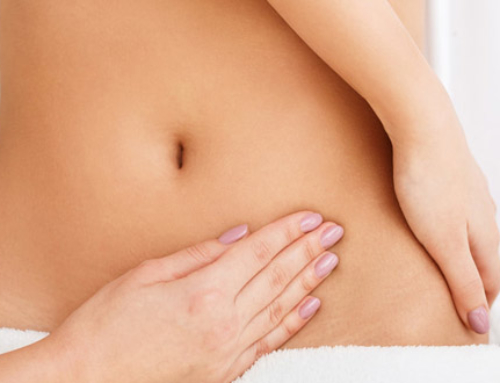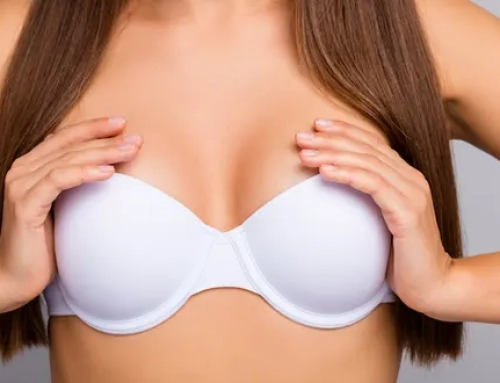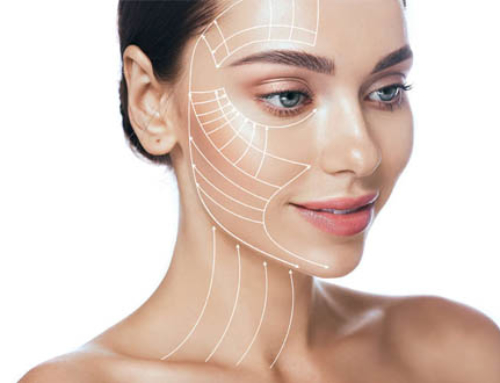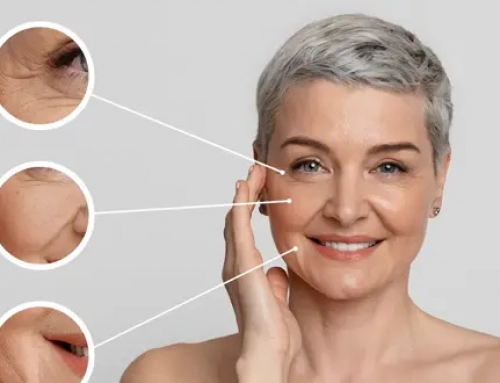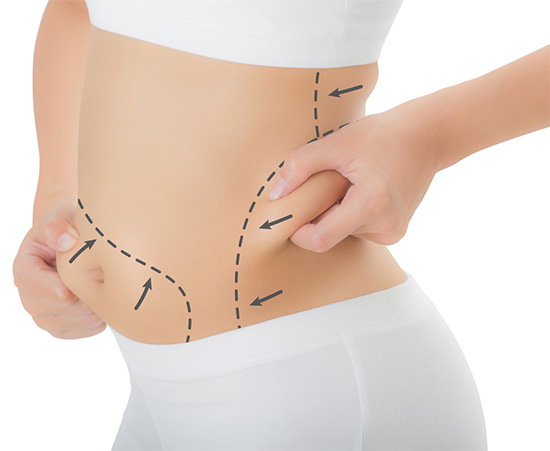 Liposuction is a surgical technique designed to remove localized fat in the body. During the procedure, a thin hollow steel tube called cannula is used to break out the fat and suction it out of the body. Despite the efficiency of the liposuction procedure, it has limits.
Liposuction is a surgical technique designed to remove localized fat in the body. During the procedure, a thin hollow steel tube called cannula is used to break out the fat and suction it out of the body. Despite the efficiency of the liposuction procedure, it has limits.
Weight loss
Liposuction is not a weight loss tool or procedure, it improves body contours by removing unwanted bulges that didn’t respond to exercise and diet, but it won’t make you lose weight. During this plastic surgery in Tunisia, the maximum amount of fat that can safely be removed is approximately 6 Liters, which corresponds to 2 to 3 Kilograms. Liposuction should never be considered as a treatment for excess weight.
Cellulite and stretch marks
Cellulite and stretch marks affect superficial layers of the skin. Weight gain is a risk factor. Liposuction removes subcutaneous fat (fat cells located under the skin) that lays deeper, therefore it doesn’t change the appearance of cellulite or stretch marks. In order to minimize them, several treatments are available such as topical creams, lymphatic drainage, etc. The results of this these types of treatments vary widely. A healthy diet and regular exercise are otherwise known to minimize and prevent stretch marks and cellulite.
Weight fluctuations
Liposuction can reduce the number of fat cells in the treatment area. The fat cells remaining won’t multiply, but they can swell. Weight gain cannot be prevented by liposuction and in order to maintain liposuction results, patients must adopt a healthy lifestyle (healthy diet and exercise) to avoid gaining weight.
Skin quality
Liposuction results partly depend on the patient’s skin quality: the skin has to heal properly and retract in order for the treated body contours to be smooth. If the patient’s skin is particularly thin, stretched / distended or has a lot of stretch marks, the efficiency of liposuction may be limited. In some cases, liposuction can’t even be performed.

